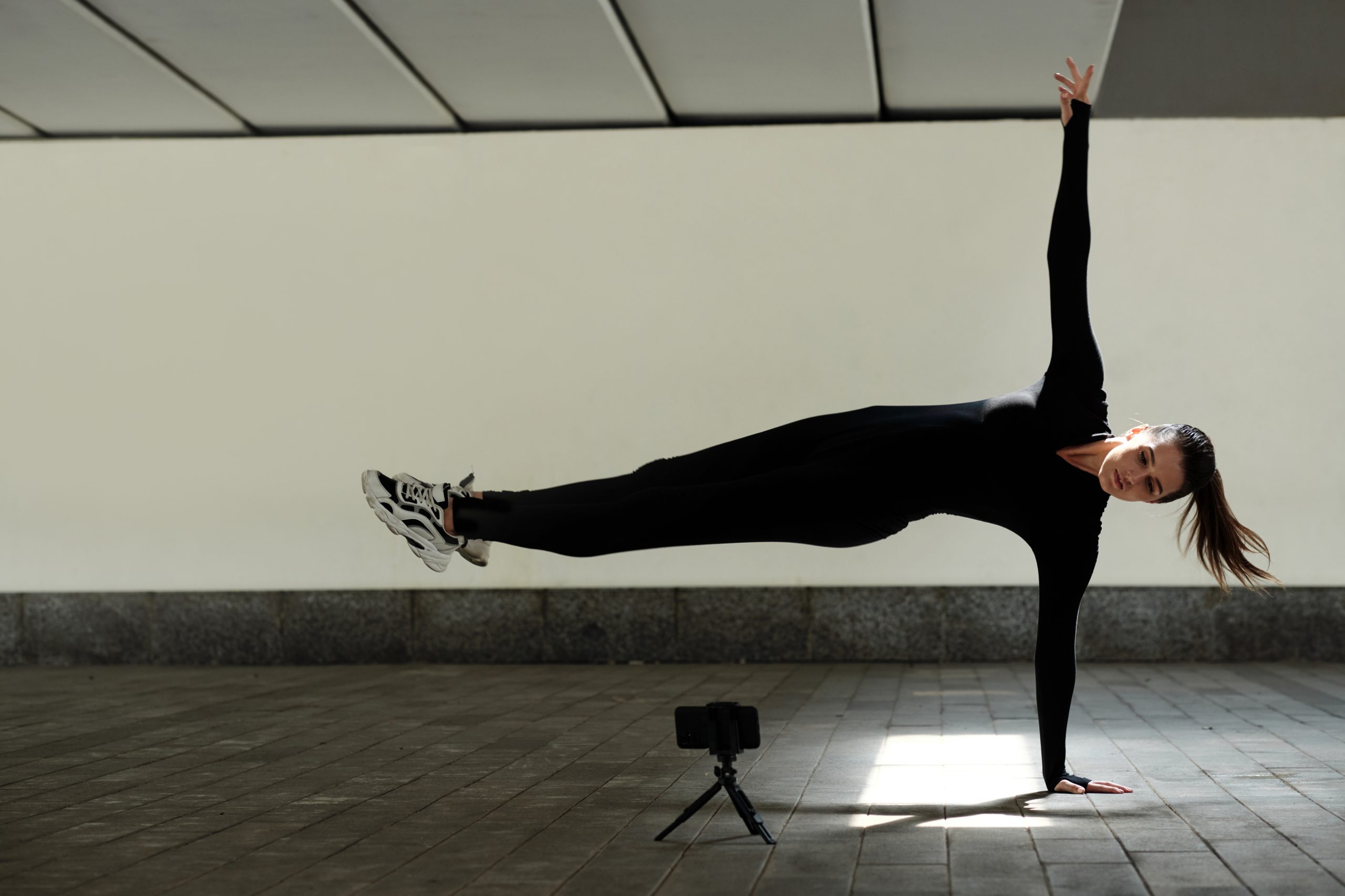How to Maximize Agility and Quickness in Professional Table Tennis Players?

As professionals offering table tennis training, it’s crucial to understand the pivotal role agility and speed play in the performance of your players. The game’s fast pace requires athletes to respond quickly and efficiently to their opponents’ moves. This article will explore innovative techniques to enhance your players’ agility, speed, and overall performance. We’ll delve into the importance of a physical study of the sport, group training methods, and the indispensable role of strength enhancement.
The Scholarly Study of Tennis Table Sport
Before delving deeper into specific training techniques, we must appreciate the importance of scholarly study in sports training. Rigorous sport analysis provides invaluable insights into the game’s physical demands and offers evidence-based strategies to improve performance.
Avez-vous vu cela : Can Eccentric Lower Body Training Reduce the Risk of Hamstring Injuries in Rugby Players?
Crossref and Pubmed are excellent resources for such studies. They offer a wealth of peer-reviewed articles on sports science, covering various aspects of the game, including players’ physical performance, agility, speed, and power.
One such study, for example, might focus on the body movement and footwork of professional table tennis players. These studies often include detailed motion analysis, studying players’ agility and speed during different moments of the game. This information can ultimately help trainers devise effective training strategies geared towards enhancing these skills in their players.
Avez-vous vu cela : What Role Does Psychology Play in Recovery from Career-Ending Sports Injuries?
Implementing Agility and Speed Training
Understanding the theory is a critical first step, but translating that knowledge into practice is where the real difference is made. Agility and speed training should be integral parts of your players’ routine.
Agility in table tennis refers to the ability to move quickly and easily, changing direction and position efficiently. Speed, on the other hand, is the capability of the player to execute fast movements and reactions. Both these attributes are closely linked with the player’s overall physical performance.
You can start by conducting a baseline test to gauge your players’ current agility and speed levels. This will give you a clear picture of where they stand and which areas need improvement.
Incorporate a variety of exercises into your players’ training regimen. For instance, ladder drills are excellent for developing quick feet, while agility cone drills can help improve quick directional changes. Other useful exercises include plyometric drills for power and strength development, and resistance training for enhancing speed.
Group Training for Enhanced Performance
Although table tennis is primarily an individual sport, group training sessions can be highly beneficial. They foster a sense of camaraderie and friendly competition among players, which can significantly enhance motivation and effort during training.
Moreover, group training allows players to learn from each other, absorbing different skills and techniques. It also offers the opportunity for players to scrimmage against various opponents, mimicking the unpredictability of actual games and enhancing their agility and quickness in real-time scenarios.
Strength Enhancement for Power and Agility
Strength is an integral component of a table tennis player’s physical performance. It not only contributes to the power behind each shot but also impacts agility and quickness.
Strength training for table tennis players should be specific, targeting the muscles primarily used in the game. This includes the core muscles for stability, the leg muscles for quick footwork, and the arm and shoulder muscles for powerful shots.
While traditional weight lifting can be beneficial, functional strength training exercises that mimic the movements done in the game can be more effective. This might include medicine ball throws, kettlebell swings, or resistance band exercises.
The Role of Time Management in Training
Lastly, effective time management is crucial in the training process. Efficient use of time ensures that players receive balanced training, focusing on all aspects of the game rather than overemphasizing a single area.
Plan your training sessions meticulously, dedicating sufficient time for agility drills, speed exercises, strength training, and of course, practice games. Regular testing and analysis of player performance can help you adjust this schedule as necessary, ensuring that your training remains responsive and tailored to each player’s needs.
As you strive to maximize agility and quickness in your table tennis players, remember that consistent, well-planned training is the key to success. Applying the knowledge from scholarly studies to your training methods, emphasizing group training and strength enhancement, and effectively managing time can significantly enhance your players’ performance.
Advanced Study: Utilizing Google Scholar for Table Tennis Training
While Crossref and Pubmed are great resources, Google Scholar can also be an excellent tool for finding scholarly articles related to table tennis. Google Scholar is a freely accessible web search engine that indexes the full text or metadata of scholarly literature across a wide array of publishing formats and disciplines.
You can use Google Scholar to find more specific studies relating to table tennis training. For example, you may find a study on "reactive agility" in table tennis players, which refers to the player’s ability to change direction in response to an unpredictable stimulus. Another study might focus on "explosive power," which is crucial for speedy movements and powerful shots.
By comparing studies from different sources, you can gather a broad range of information to help you devise an effective training program. For example, some studies might divide participants into a "control group" and an "experimental group" to test the effectiveness of certain training methods. These results can provide valuable insights into what works and what doesn’t in agility training for tennis players.
Physical Fitness: An Essential Component for Agility and Quickness
Beyond speed and agility, other aspects of physical fitness also play a crucial role in table tennis. Factors like body mass, age, and overall physical performance can significantly affect a player’s ability to move quickly and change direction effectively.
For example, younger tennis players may naturally be more agile and quick due to their age and physical fitness. However, with a well-designed training program, even older players can improve their speed and agility. This might involve specific exercises targeting reaction time, a critical aspect of quickness in table tennis.
Regular physical fitness assessments can help you keep track of your players’ progress over time. These assessments might include tests for speed, agility, strength, and body mass. Based on these results, you can adapt your training sessions to address any areas of weakness and capitalize on areas of strength.
Conclusion: The Multifaceted Approach to Maximizing Agility and Quickness
Maximizing agility and quickness in professional table tennis players involves a multi-faceted approach. As trainers, we need to embrace the wealth of information available through resources like Google Scholar, Crossref, and Pubmed to understand the complex physical demands of the sport.
Training should not just focus on agility and speed drills. A comprehensive training program also includes strength enhancement exercises, group training sessions, and physical fitness assessments. Moreover, it should adapt to the changing needs of each player, guided by regular testing and performance analysis.
In the end, the goal is not only to have players who can move quickly and change direction with ease but also to foster an environment that encourages continual learning and improvement. With a well-rounded training program, you can help your players reach their full potential, improving not just their agility and quickness, but their overall performance in the game of table tennis. Remember, success comes from consistent, targeted, and well-planned training.
